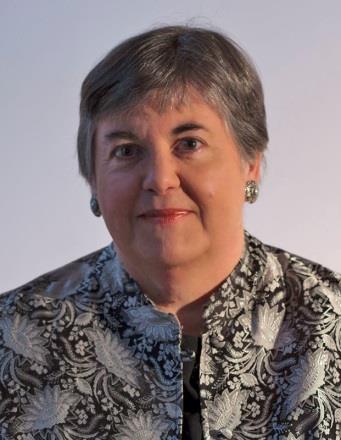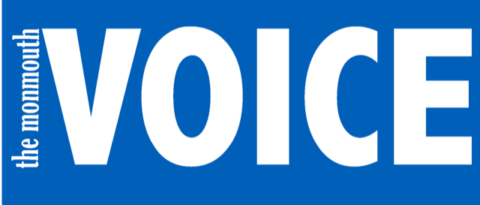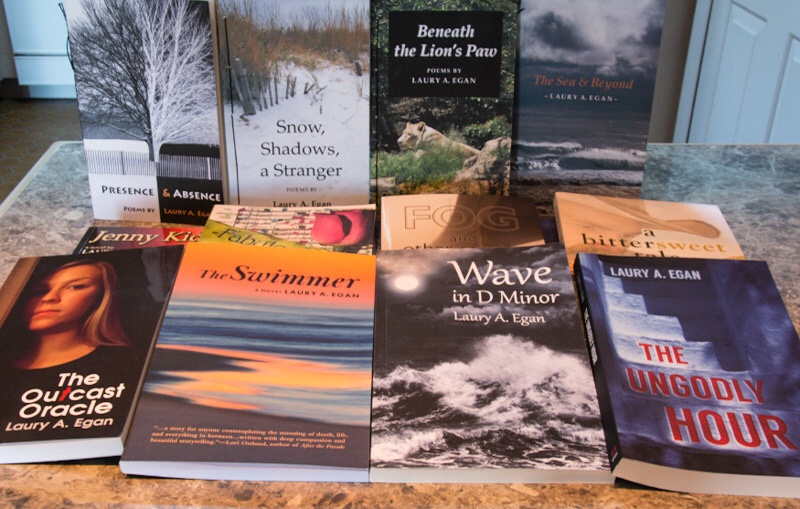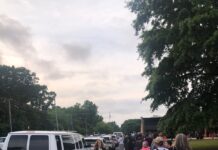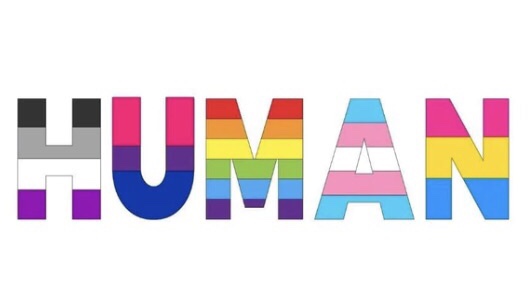We are pleased to greet Monmouth County novelist, poet, and fine arts photographer, Laury A. Egan, the author of nine novels, four volumes of poetry, and a story collection.
Monmouth Voice: Have you always lived in New Jersey?
Laury A. Egan: Yes. Born in Highlands, attended elementary school in Atlantic Highlands where I lived until 8th grade before moving to Rumson. I graduated from Rumson-Fair Haven and then attended Carnegie Mellon University. After working in the Princeton area as a book designer at Princeton University Press, I returned to Highlands in 1995. I am so happy to be home again!
MV: When did you begin writing and what were your early inspirations?
LAE: I created my first poem at age seven, inspired by my view of the ocean; a first novel at twelve; some stories in high school. As an only child and living on the hill above town, I spent hours alone. Writing became my entertainment and my identity.
When I returned to Highlands, I began to devote more energy to writing as I phased out my career as a freelance book designer; now, I’m fortunate to work every day and to be traditionally published. True to my initial passion for the natural beauty of our area, in most of my novels, stories, and poems, water is a significant setting. In fact, I realized that five of my novels have featured the ocean, rivers, or lakes on the cover (publishers often allow me to create my own designs and to use my photographs as illustrations).
MV: Are any of your books set here?
LAE: My recent novel, Turnabout, is placed in Rumson, Fair Haven, Red Bank, and Oceanport, though the locations are thinly disguised. Its cover photograph is of the Navesink River with one of the few remaining Turnabouts from the fleet at Monmouth Boat Club. The time period is the mid-sixties and features two girls and two boys who meet at sailing class and whose lives become entwined. Turnabout is a coming-of-age tale and will evoke memories for anyone who lived here during those years, however the problems encountered by the teenagersare still relevant: bullying, dealing with class differences, sexual confusion, peer pressure, and conflicts with parents. A second title, a psychological suspense, Doublecrossed, due February 1,is set in the Millstone countryside and then in the Atlantic Oceanoff Sandy Hook.
MV: Your novels are unique in that they are not all in one genre. Most writers veer only slightly from the type of novel their write. Can you explain why your books vary?
LAE: The answer lies in how the inspiration comes to me. Sometimes, a character arrives in a kind of channeling process, though I can’t explain this phenomenon. In Fabulous! An Opera Buffa (a madcap comedy), the charming narrator, Gilbert Eugene Rose, “visited” while I was sitting on my deck. He was so funny and persistent that I rushed to the computer.Sometimes, a setting stimulates my imagination—Mykonos in The Ungodly Hour, Venice in Jenny Kidd, and the Laurel Highlands of Pennsylvania in A Bittersweet Tale, though its male hero also came fully alive after conjuring his name one morning when I woke. In other cases, a “what-if” concept is the motivating force. When I honor these sparks, often they lead todiverse styles, such as literary magical realism in The Swimmeror a kind of Mark Twain-ish mode in The Outcast Oracle, which is about a girl whose grandfather is a con artist. He hasestablished a church and sets her up as an oracle in order to bilk his parishioners. Wave in D Minor is a literary suspense, a merging of two genres, and features a composer working on anopera in her patron’s house on the coast of Maine during the winter—and, yes, the ocean is a character. Psychological suspense is a favorite genre, but recently I’ve trended towardmore literary work. One of my publishers likes that my fiction isn’t pigeonholed, with each new title a distinctive work.Although my primary audience is general, I occasionally write “bridge” novels that include LGTBQ characters.
MV: Speaking of The Outcast Oracle, you often incorporate humanist themes in your writing. This book is published by the Humanist Press, as is your collection, Fog and Other Stories, and feature non-believers and secular plots. How did you arrive at your beliefs?
LAE: My parents weren’t religious—we never attended church. At age twelve, I read Bertrand Russell’s Why I Am Not a Christian, which clinched my humanist views and probably ostracized me from my peer group when I tried to engage them on the subject of God and organized religion (this was the sixties). Sometimes, I include a few lines about a character’s non-beliefs, but in some books, the humanist philosophy is directly woven into the story, such as in The Outcast Oracle and The Swimmer, which tells of a therapist who is making end-of-life decisions and does so using a secular point of view. Michael Cluff, president of the South Jersey Humanists, called the novel: “A lovely—even eerie—exploration of what it means to die with dignity and purpose. Humanists will find her journey inspiring.”
MV: Thank you very much. It’s always exciting to discover creative people in the community and to learn more about their lives and how they find inspiration.
To learn more about Laury A. Egan and her publications, visit her website: www.lauryaegan.com or her Facebook page: https://www.facebook.com/laury.egan/
